The world has between 6,000 and 7,000 languages, as many as half of which will be extinct by the end of this century. An even more dramatic sign of the rate at which the world’s cultural diversity is shrinking involves the alphabets in which those languages are written.
Writing has become so dominated by a small number of global cultures that those 6,000-7,000 languages are written in fewer than 100 alphabets. Moreover, at least a third of the world’s remaining alphabets are endangered: no longer taught in schools; no longer used for commerce or government; understood only by a few elders; restricted to a few monasteries; or used only in ceremonial documents, magic spells, or secret love letters.
Three years ago, I started the Endangered Alphabets Project an exhibition of 18″x12″ carved and painted boards that depict a variety of these vanishing scripts. This is the first attempt to bring attention to the issue of script loss through art.

In each case, the text is the same, namely Article One of the Universal Declaration of Human Rights, drafted in 1948 at the foundation of the United Nations: “All human beings are born free and equal in dignity and rights. They are endowed with reason and conscience and should act towards one another in a spirit of brotherhood.” The irony, of course, is that many of these forms of writing are endangered precisely because human beings do not always act towards one another in that spirit.
Here’s an example of how an alphabet can become endangered, and why this signals a cultural catastrophe. In July 2011, I was visiting Bangladesh to look for a unique script used by the Mro people of the Chittagong Hill Tracts. In the process, I met a Chakma man named Shantimoy Chakma (like the Mro, the Chakma use their ethnic name as their last name) – a wonderful man who is currently working on adapting Sesame Street for Bangladesh television.
Shantimoy told me that his father was a noted writer in the traditional Chakma script, but during the fighting in that region (the Bangladesh government has spent decades trying to marginalise and suppress the indigenous peoples of the Hill Tracts) their house was burned down twice, Shanti’s father was killed, and all his works were lost. Shanti and his siblings grew up speaking Chakma but unable to read or write it. At a stroke, he lost both his family’s history and that of his culture.

In other cases, the erosion of traditional scripts is less violent but more insidious. The global popularity and expansion of Facebook, for example, means that minority cultures with their own scripts—especially the younger generations—default to the Latin alphabet, or one of the other mainstreams character-sets, in order to be part of their global community.
At its most abstract, the modernisation and globalisation of scripts removes not only evidence of a culture’s history, but also of its very humanity. Even mainstream scripts such as Chinese and Arabic, both of which were remarkable in showing their origins as brushstrokes or penstrokes, have recently been reformed to look simpler and more mechanical. In doing so, they have lost the sweep of hand and wrist, the inky evidence of the movement of tool across page, echoing the 2000-year-old work of the patient scribe. This is a blow against writing itself, one of the few human endeavors to perfectly blend the functional need for communication with the artistic opportunity for self-expression.
The initial exhibition, which opened in the U.S. in May 2009, provoked an astonishing response. Some people see the Alphabets as a work of art, and see analogies between the complex grain patterns in the wood and the human instinct to seek and create pattern that is expressed in the writing. Some recognise that writing is delicately poised between communication and self-expression; it explores the borders between what we understand collectively, and how we express ourselves individually – art straddling function. Others see writing as a means of embodying the history of a culture: why does essentially the same language look so different in the scripts of the neighboring islands of Java and Bali? And the question that interests me perhaps more than any other: what is lost when writing ceases to be a human action, a movement of hand and wrist, and becomes a mechanical or digital production? Alphabets offer hints of answers to all these questions, and others.

With help from collaborators all over the world who can still read and write scripts that are used by as few as a couple of dozen people, I’ve expanded the range of the project to the point where I’ve carved more than half of the world’s endangered alphabets. The goal of the exhibition is to provoke thought and discussion on the importance of preserving traditional cultures.
Future plans for the exhibition include display in locations where unique scripts are still used, including: Indonesia, the West Bank, the Philippines, Vietnam, Canada, Liberia, Cameroon, Bangladesh, and the Cherokee Nation headquarters in Oklahoma. In many cases this will give attention and encouragement to small, dedicated groups of people trying to rescue or revive these vanishing art or text forms.
Images from: http://www.endangeredalphabets.com
